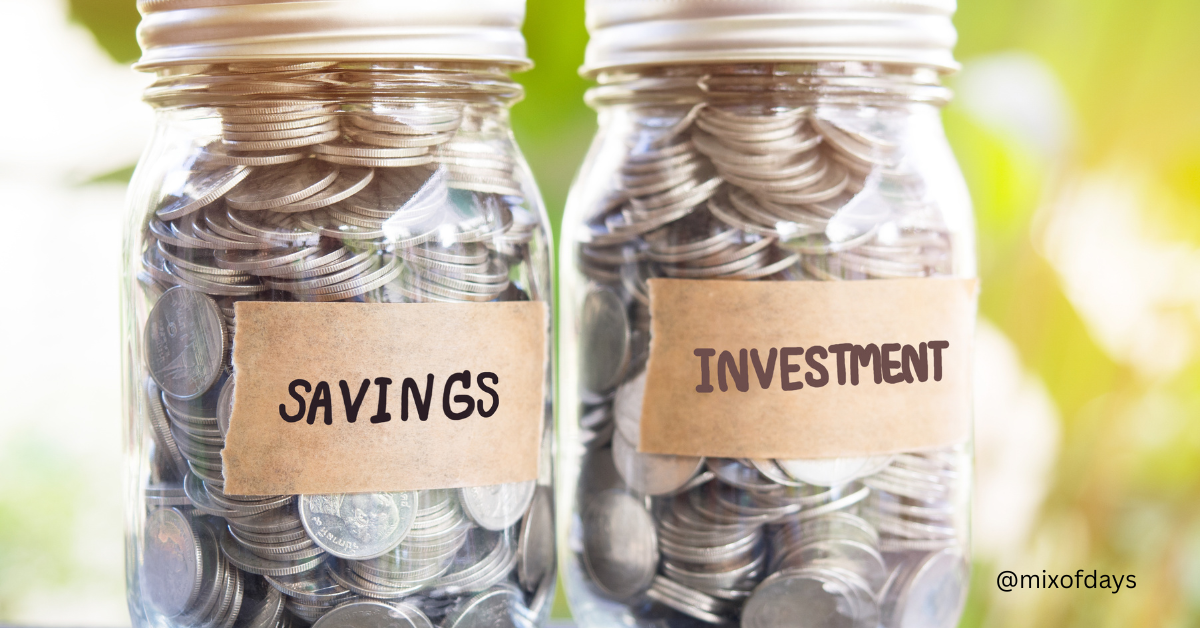Getting Started with Your Money Goals
When you’re new to managing money, one of the first decisions you’ll face is whether to save money or invest it. There’s no single answer that works for everyone—your best choice depends on your financial health, your short- and long-term goals, and how comfortable you are with risk. This guide is here to help you figure out the right order and balance for your situation.
What’s the Difference Between Saving and Investing?
Let’s break it down:
- Saving is about keeping your money safe and ready to use when needed. You usually put it in a bank account where it earns a little interest but doesn’t fluctuate in value. It’s ideal for emergencies and short-term plans.
- Investing means using your money to buy things like stocks, mutual funds, or even property, aiming to increase your wealth over time. While investments can grow much more than savings, they can also lose value, especially in the short run.
Bottom line:
Saving is for safety and access.
Investing is for growth and future wealth.
Situations Where Saving Should Come First
If you’re in any of the following scenarios, focus on saving before investing:
- You don’t yet have a financial cushion for emergencies (aim for at least 3 months of expenses)
- You’re struggling with high-interest debt, such as credit card balances
- You expect to spend a large amount soon (car maintenance, tuition, hospital bills)
✅ Smart tip: Open a high-yield or digital savings account so your emergency fund earns more interest than standard accounts.
When Investing Becomes the Next Step
After your savings are in good shape, it’s time to think about investing—especially if:
- You’ve already saved for emergencies
- You consistently earn more than you spend each month
- You’re planning for the long term: retirement, buying a home, or funding your kids’ education
📈 Start small: Many investment platforms and apps let you begin with just ₱1,000. It’s more about consistency than large sums.
Can You Do Both at Once? Absolutely.
The best financial plans often include both saving and investing. Here’s how to make that work:
- Automate savings: Schedule regular transfers to build your emergency fund without thinking about it.
- Invest steadily: Allocate a portion of your income (even a small one) into a diversified investment portfolio.
📊 Sample formula: Save 20% of your income, invest 10%. But feel free to adjust based on your needs and lifestyle.
Quick-Check: Should You Save or Invest First?
Here’s a simple guide to help you decide:
| Question | Recommended Action |
|---|---|
| Is your emergency fund below 3 months of expenses? | Focus on Saving |
| Are you barely covering your monthly bills? | Save First |
| Planning for retirement or long-term wealth? | Start Investing |
| Want to grow money passively with a steady income? | Begin Investing |
| Can you afford both? | Split Between Both |
Balance is Key
There’s no perfect one-size-fits-all formula. If you’re just starting out, build a safety net with savings before diving into investing. Once that foundation is set, start putting your money to work through smart investments.
🧠 Think of savings as your safety net
🚀 Think of investments as your launchpad to wealth
The most effective strategy is a mix of both—adapted to where you are now and where you want to be.

